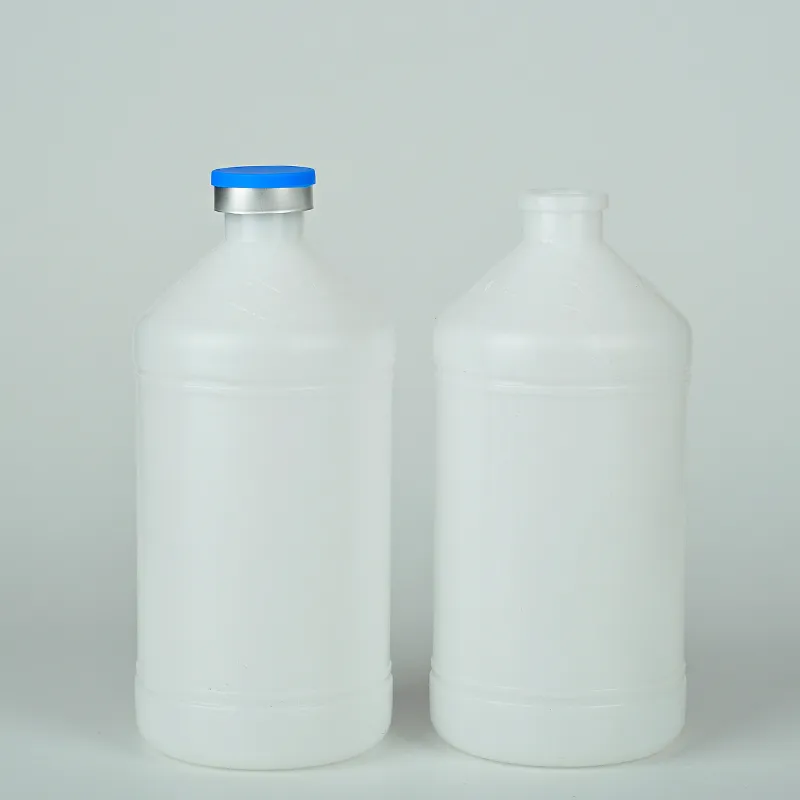soda bottle plastic type
Understanding the Types of Plastic Used in Soda Bottles
Soda bottles have become a staple in our everyday lives, serving as convenient vessels for our favorite carbonated beverages. However, few of us pause to consider the materials that comprise these bottles. The majority of soda bottles are made from plastic, specifically from a type of plastic known as polyethylene terephthalate (PET). In this article, we will delve into the specifics of the plastic types used in soda bottles, their properties, environmental impact, and recycling potential.
What is PET?
Polyethylene terephthalate, commonly abbreviated as PET, is a thermoplastic polymer that belongs to the polyester family. It is widely favored for soda bottles due to its exceptional strength, lightweight nature, and resistance to impact and moisture. PET is easily moldable, which allows manufacturers to create a variety of shapes and sizes for bottles. Additionally, it is transparent, which makes it ideal for showcasing the vibrant colors of sodas and other beverages.
Another significant advantage of PET is that it can withstand the pressure exerted by carbonated drinks without bursting or leaking. This attribute is vital for maintaining the integrity and shelf life of the product. Furthermore, PET is relatively cost-effective compared to other materials, which makes it a popular choice among beverage manufacturers.
The Environmental Impact of PET
Despite its practical advantages, the use of PET in soda bottles raises several environmental concerns. The production of PET involves the consumption of fossil fuels and results in greenhouse gas emissions. Moreover, if not disposed of properly, PET bottles can take hundreds of years to decompose in landfills. This has ignited discussions about the sustainability of single-use plastics and prompted initiatives aimed at reducing plastic waste.
soda bottle plastic type

However, it is important to note that PET is recyclable. In fact, it is one of the most widely recycled plastics worldwide. Many recycling programs accept PET bottles, which can then be processed and remade into new products. Recycled PET (rPET) can be used to create items such as clothing, carpets, and even new bottles. This closed-loop system can significantly mitigate some of the environmental impacts associated with the production of new plastic.
The Role of Recycling
Recycling plays a crucial role in managing the environmental footprint of soda bottles. When consumers properly recycle their PET bottles, they contribute to a system that reduces the demand for new plastic production. Various organizations and municipalities are ramping up initiatives to promote recycling, including educational campaigns to inform the public about the importance of proper waste disposal.
Moreover, recent advances in technology have made it easier to recycle PET effectively. Innovations such as chemical recycling processes allow for more extensive recycling, turning contaminated or mixed plastic waste back into high-quality resin that can be reused in food-grade applications. These advancements are vital in making sure that the lifecycle of PET continues beyond its initial use as a soda bottle.
Conclusion
In conclusion, while PET has emerged as the dominant material for soda bottles due to its favorable properties, it is vital to be aware of the environmental implications associated with its use. Understanding the type of plastic in soda bottles, namely PET, allows consumers to make informed choices about their consumption and waste management practices. Moreover, engaging in recycling efforts can significantly lessen the ecological impact of these ubiquitous products.
As we move towards a more sustainable future, it becomes increasingly crucial to reduce reliance on single-use plastics and embrace practices that foster recycling and responsible disposal. By doing so, we can ensure that the convenience of enjoying a soda does not come at the expense of our planet. The evolution of PET and recycling technologies promises to make soda bottles a more sustainable choice in the years to come.
-
Aesthetic Makeup Spray Bottles | Fine Mist Empty RefillableNewsAug.19,2025
-
White Plastic Veterinary Vaccine Vials | Lab Liquid BottlesNewsAug.18,2025
-
Plastic Medicine Liquid Bottle: Secure Flip Top Drug VialsNewsAug.17,2025
-
Durable 250ml Blue Plastic Vaccine Vial for Lab & Vet UseNewsAug.16,2025
-
Sterile Virus Sample Tubes: Secure & Reliable Specimen CollectionNewsAug.15,2025
-
White 250ml Plastic Vaccine Vial for Lab & Vet MedicineNewsAug.14,2025
























